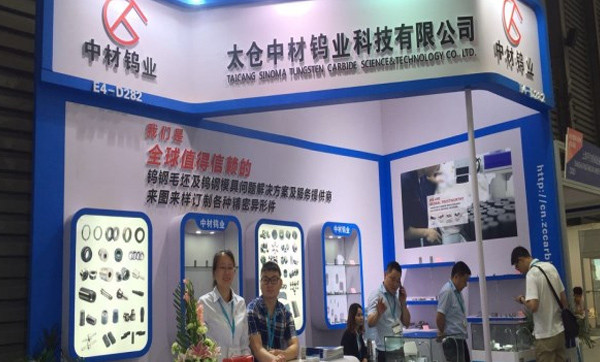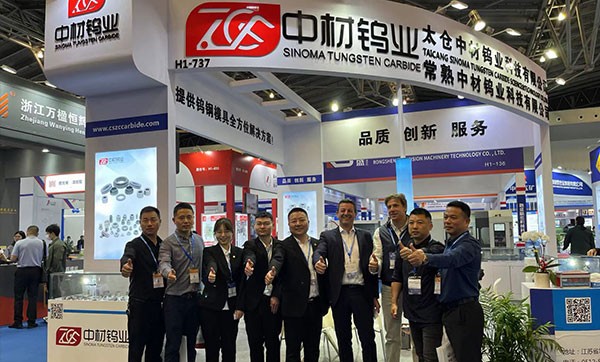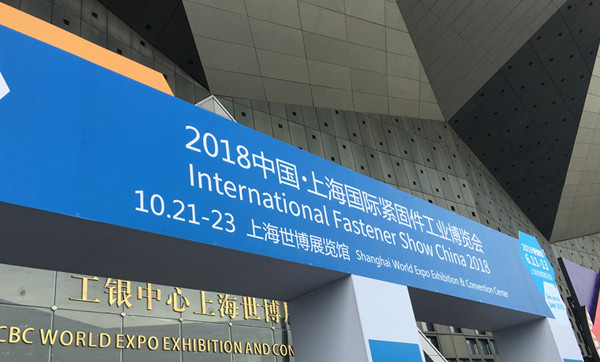In the world of precision manufacturing, achieving micron-level accuracy and flawless surface finishes is critical for industries like aerospace, medical devices, and advanced tooling. Among the various machining technologies available, Slow Feeding Wire-Cut Electrical Discharge Machining (EDM) stands out as the gold standard for high-precision applications.
This article explores why slow-feeding wire EDM machines are superior for precision machining, detailing their advantages, key features, and ideal applications.
Wire-cut EDM is a non-contact machining process that uses electrical discharges (sparks) to erode material from a conductive workpiece. Unlike conventional cutting methods, it doesn’t rely on mechanical force, making it ideal for ultra-hard or delicate materials.
Slow Feeding Wire EDM refers to machines that operate at a controlled, slower wire feed rate, allowing for:
· Finer spark control for ultra-precise cuts.
· Reduced wire vibration for smoother finishes.
· Minimal thermal distortion in the workpiece.
Compared to fast-feed wire EDM (used for rough cutting), slow-feed machines prioritize accuracy over speed, making them indispensable for high-tolerance components.
Slow-feeding wire EDM machines excel in micro-machining, achieving tolerances as tight as ±1µm (0.001mm). This level of precision is crucial for:
· Medical implants (surgical tools, bone screws)
· Aerospace components (fuel nozzles, turbine blades).
· Microelectronics (wafer guides, sensor components).
The slow, controlled feed rate minimizes wire deflection and reduces recast layers, resulting in mirror-like finishes without secondary polishing. This is essential for:
· Optical components (lens molds, laser parts).
· Injection molds requiring high-gloss finishes.
· High-wear parts needing smooth surfaces for longevity.
Slow-feed wire EDM uses ultra-thin wires (as fine as 0.02mm) with a narrow spark gap, enabling:
· Tighter cuts for intricate geometries.
· Less material waste, critical for expensive alloys (titanium, Inconel, carbide).
Since EDM is a non-contact process, it doesn’t introduce mechanical stresses. The slow feed rate further minimizes thermal distortion, making it ideal for:
· Hardened steels (HRC 60+) that would crack with conventional machining.
· Brittle materials like ceramics and composites.
Slow-feeding ensures better wire tension control, preventing deflection even in:
· Deep cuts (up to 300mm+ in some machines).
· Tapered or multi-axis machining (4-axis & 5-axis wire EDM).
Advanced CNC controls and automation features (auto-wire threading, adaptive power settings) ensure consistent precision for mass production.
|
Feature |
Slow-Feed Wire EDM |
Fast-Feed Wire EDM |
|
Precision |
±1µm or better |
±5–10µm |
|
Surface Finish |
Ra < 0.1µm (mirror-like) |
Ra 0.4–2.0µm (rougher) |
|
Kerf Width |
0.02–0.1mm (ultra-fine) |
0.1–0.3mm (wider) |
|
Cutting Speed |
Slower (precision-focused) |
Faster (production-focused) |
|
Best For |
Micro-machining, medical, aerospace |
Rough cuts, general machining |
1. Medical Devices – Surgical tools, implants, and micro-components.
2. Aerospace & Defense – Turbine blades, fuel injectors, and lightweight structures.
3. Precision Tooling – Injection molds, stamping dies, and extrusion dies.
4. Electronics & Semiconductors – Thin slots, connectors, and wafer guides.
5. Watchmaking & Fine Mechanics – Gears, springs, and miniature components.
Slow Feeding Wire-Cut EDM machines are unmatched when it comes to ultra-precise, high-quality machining. While they may not be the fastest, their ability to produce micron-accurate, stress-free cuts in even the hardest materials makes them indispensable for industries where perfection is non-negotiable.
For manufacturers prioritizing precision over speed, investing in a slow-feed wire EDM machine is the optimal choice for achieving flawless results.
In order to meet the needs of customers, ZCCF Tungsten Carbide has introduced the slow feeding wire-cut processing technology since its establishment. Welcome friends in need to come to consult and place orders.




